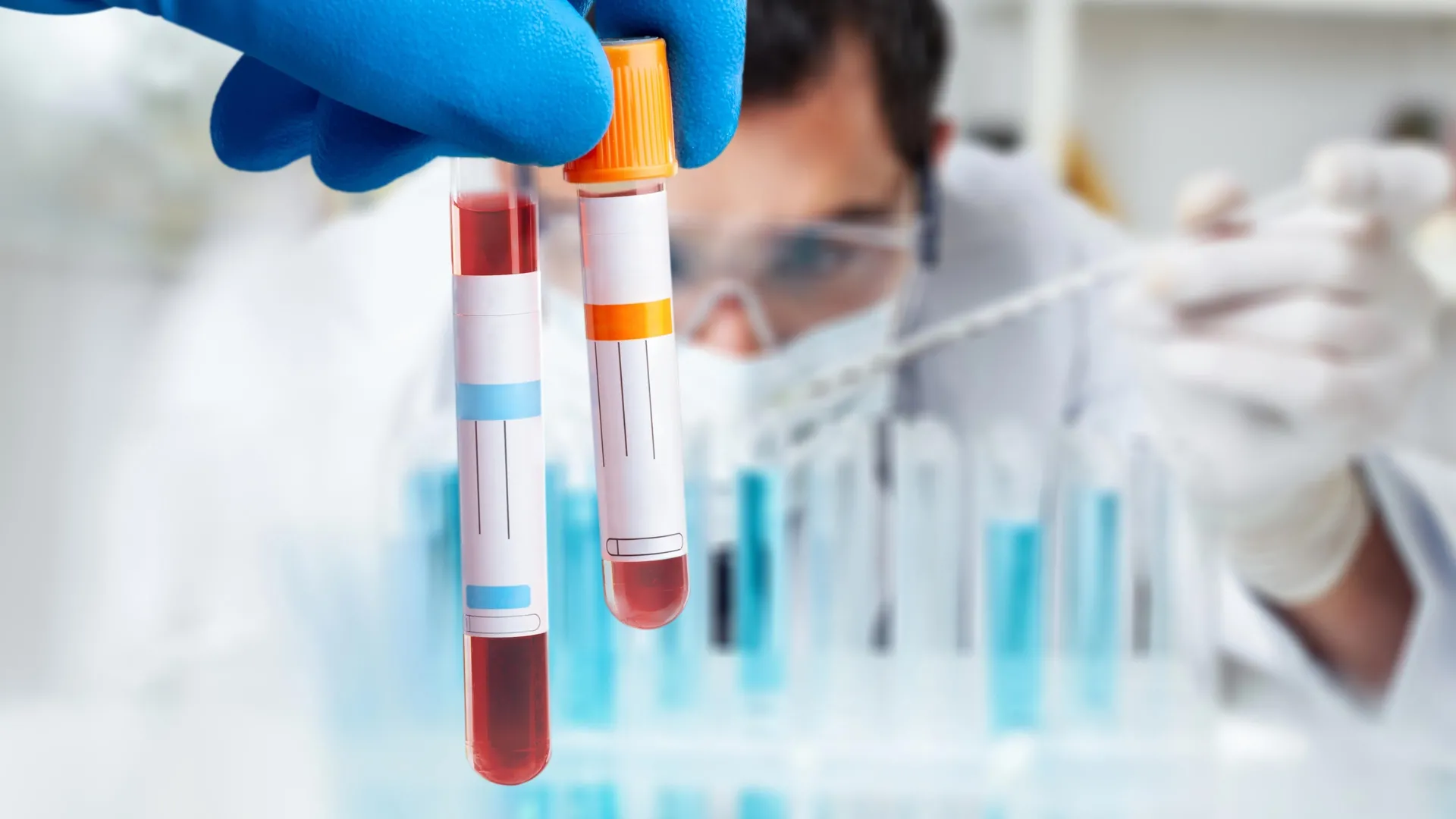The Silent Symptom That Could Be a Sign of Blood Clots originally appeared on Parade.
Your blood’s ability to clot after a cut or injury is an important defense mechanism to keep you from bleeding too much. But blood clots can cause serious health issues like strokes and heart attacks when they happen outside of that.
About 900,000 people in the U.S. develop a blood clot each year, according to the Centers for Disease Control and Prevention (CDC). An estimated 60,000 to 100,000 Americans die from blood clot complications annually, making this an important health issue to be aware of.
“Awareness of blood clot symptoms is critically important because early recognition can be life-saving,” saysDr. Jonathan Parsons, MD, a pulmonologist at The Ohio State University Wexner Medical Center. “Recognizing symptoms early allows for prompt medical treatment.” That can help lower the risk of permanent damage to organs or tissues, he points out.
Here’s the problem: Not all symptoms of blood clots are obvious, and one in particular can be easily mistaken for other, much less severe health issues. Here’s what doctors want you to keep in mind about this symptom, why it can be confused with other things and when to take action.
🩺SIGN UP for tips to stay healthy & fit with the top moves, clean eats, health trends & more delivered right to your inbox twice a week💊
How Do Serious Blood Clots Happen?
Before we go over the symptom, it’s important to first go over how blood clots can become serious. Blood clots that happen spontaneously usually start in the legs, explains Dr. Christopher Yi, MD, a vascular surgeon at MemorialCare Orange Coast Medical Center in Fountain Valley, California. “They aren’t life-threatening in themselves, but they occasionally dislodge and go to the lungs,” he says. This is called a pulmonary embolism.
Related: Got High A1C Levels? Stop Doing This One Thing ASAP
With a pulmonary embolism, a blood clot gets stuck in an artery in the lung and blocks blood flow to part of the lung, Dr. Yi explains. There, it can cause permanent damage to the lungs, low oxygen levels in your blood, and damage to other organs in your body (from not getting enough oxygen), he says, adding, “This can be life-threatening.”
The Silent Sign of Blood Clots To Know About, According to a Vascular Surgeon
Back to that silent symptom: Shortness of breath is common with pulmonary embolisms.
“Shortness of breath is a hallmark symptom of pulmonary embolism because of how the condition affects the lungs and oxygen delivery,” Dr. Parson says. “The blocked artery prevents blood from reaching parts of the lung, so oxygen can’t be absorbed into the bloodstream efficiently, resulting in shortness of breath.”
This blockage usually comes on suddenly, so the body doesn’t have time to compensate for the lower-than-usual oxygen, he explains. That can lead to sudden and intense shortness of breath.
Related: ‘I’m a Cardiologist, and These Are the 2 Packaged Snacks I Swear By for Heart Health’
When Shortness of Breath Is a Sign of a Blood Clot
Shortness of breath can also be a sign of a slew of other things, including being out of shape, having asthma or just having a cold, making this a tricky thing to pin on a blood clot. But doctors say there are a few key differences between “regular” shortness of breath and feeling breathless due to a blood clot.
“Standard shortness of breath usually comes with exercise or activity,” Dr. Yi says. “With a blood clot, there is a sudden onset of shortness of breath where you feel like you can’t catch your breath.” You may also start breathing faster than usual, he explains.
Along with coming on hard and fast, shortness of breath from a blood clot tends to get worse with exertion or taking deep breaths, according to Dr. Parson.
Other Signs of a Blood Clot and What To Do
While sudden shortness of breath alone should raise concerns about a possible pulmonary embolism, there are other blood clot symptoms doctors warn should be on your radar:
-
Chest pain (it usually gets worse when you cough or take a deep breath)
-
A faster-than-usual heart rate
-
Coughing, including coughing up blood
It can be tempting to write these signs off if you have one or two that can be explained away as something more minor. But doctors stress the importance of taking these seriously if you or someone around you has them. “If someone experiences these symptoms, immediate medical attention is critical,” Dr. Parsons says.
Up Next:
Related: Trainers Say This Everyday Activity Is Secretly Amazing for Your Core
Sources:
The Silent Symptom That Could Be a Sign of Blood Clots first appeared on Parade on Jul 27, 2025
This story was originally reported by Parade on Jul 27, 2025, where it first appeared.
Source link
:max_bytes(150000):strip_icc()/Top-Nutrients-for-Better-Blood-Pressure-0b69ef92a80f472ab69bea4c7ed32c7c.jpg)
